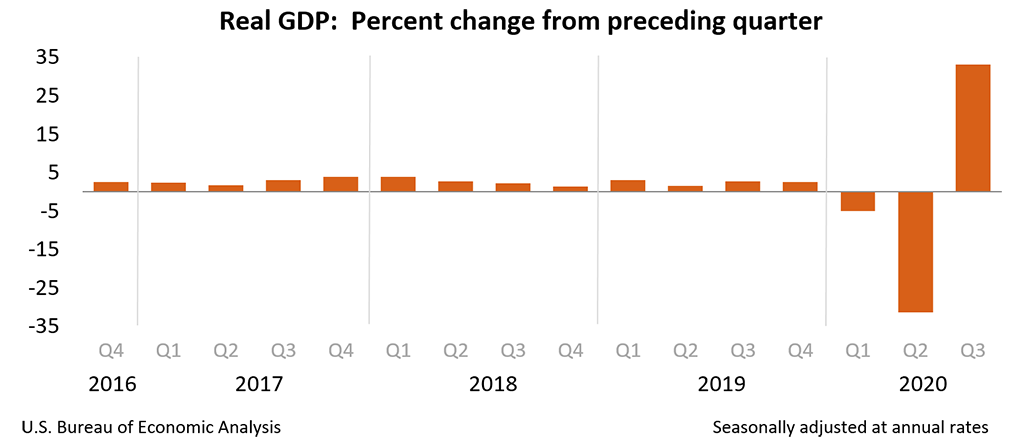Watching the protests a few blocks away, hearing the helicopters, the BLM signs in all of the store windows, police sirens, ambulances and chanting crowds. Each morning the chaos becomes quiet as though there was some battle the evening before and everyone went home for donuts and coffee. What is often left behind are broken windows, burnt cars, looted stores, injured officers, arrested protestors and lots and lots of headline news. The problem is that is that real change comes from changing the environment. There is the raising awareness side and there is a practical side to raising local opportunities for personal and economic growth.
I'm not sure shutting down the downtowns or damaging downtown property is the best approach. Sure, getting destructive does raise awareness for a cause but also associates that cause with negative images in the viewers eyes (i.e. the consumer of information and BLM values). If the strategy is to raise awareness of a global economy and global justice where everyone is treated with dignity then one might consider being more business and investment friendly to raise opportunities.
I'm not ignorant of what discrimination and hatred look like. My children are mixed race and thus seen by some members of society as "lower than". I also have a Muslim name and no matter how much I have served my country or things I have done in my life (good and bad) some people can't move beyond their own ignorance to see what the essential values of being an American are. What started a little as a college experiment ended up more providing insight into the deep roots of hate and racism.
Being destructive is a short-term strategy that damages the brand of the movement and the very real and genuine need for more equality in society (Personal I think we need a truer form of capitalism as BLM, 99%,etc... are talking about similar perspectives of opportunity and access to decision making). A much better strategy would be to encourage business to develop in the area, push government to spur international investments in local communities, and foster an education system that meets and beats market needs. That would require a lot of societal stakeholders to be on the same page of our national interests (Maybe we need to save ourselves from our ourselves 👀🤔.
I have been working on a theory that may or may not have merit in the future but is good enough to talk on this blog about (A big economic puzzle). So far it appears to be doing a pretty good job at explaining a post COVID Digital GDP type economy (even though the theory is fully complete yet but its framework is functional). The theory discusses methods of attracting businesses and realigning them through a cluster approach which creatives innovative and investment rich environments that encourage adaptation. Its not finished but ....HERE.
When we realign our local industries we can produce products the global market needs. Many of the complaints of discrimination are based in economic justices and lack of opportunities. By realigning cities as centers of entrepreneurial activity and innovative manufacturing we can create new opportunities in a way that most people (right and left) would agree with. New development helps people to create employment opportunities, diversify/integrate our cities, and help our national economy at the same time.
Thus one long term strategy might be to leave the businesses alone and encourage more to move downtown to create clusters. Retail is great for bringing in foot traffic but moving toward firms and new businesses has long term regional value. If we are going to have true equality we need opportunities that attract and enhance Millennial talent (This is an egalitarian group that needs more opportunities.). Let's become competitive as a nation and improve the "investability" and livability (i.e. green cities) for enriching environments that helps Americans fully develop their personal abilities. That would be in stark contrast to the old dilapidated and trash covered downtowns of the modern era that provide almost no opportunity or hope. We can redesign our cities and our education to create new national competitivness (...of course we can continue to use the same policies by the same thinkers. I think COVID and the digital economy might be challenging many of the assumption of older theories now).




